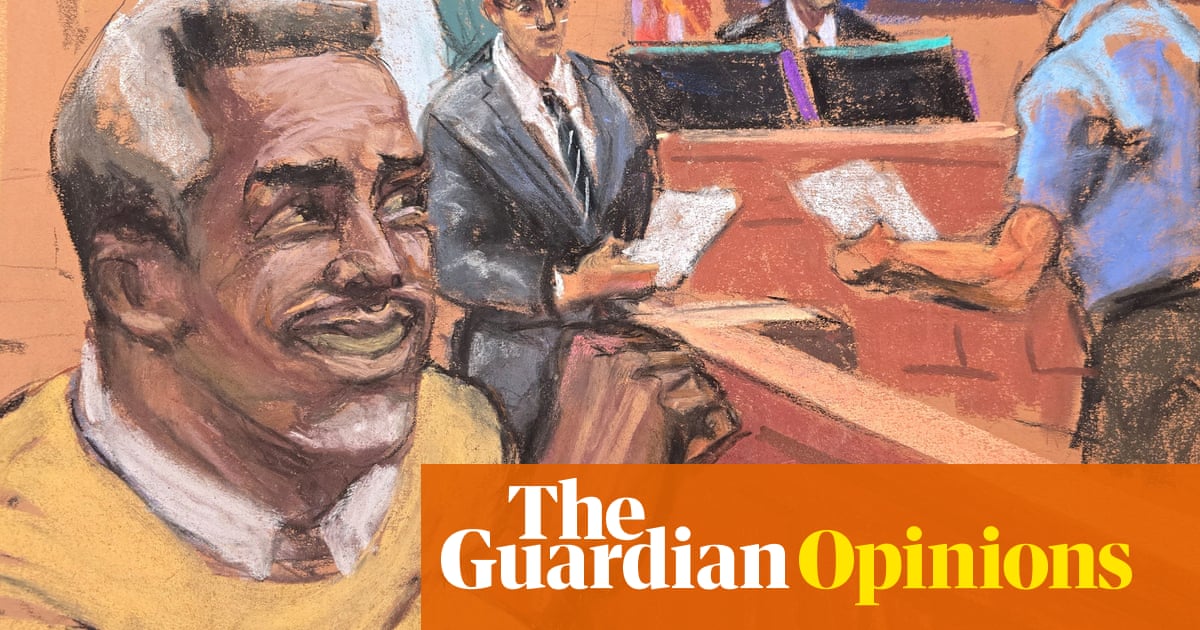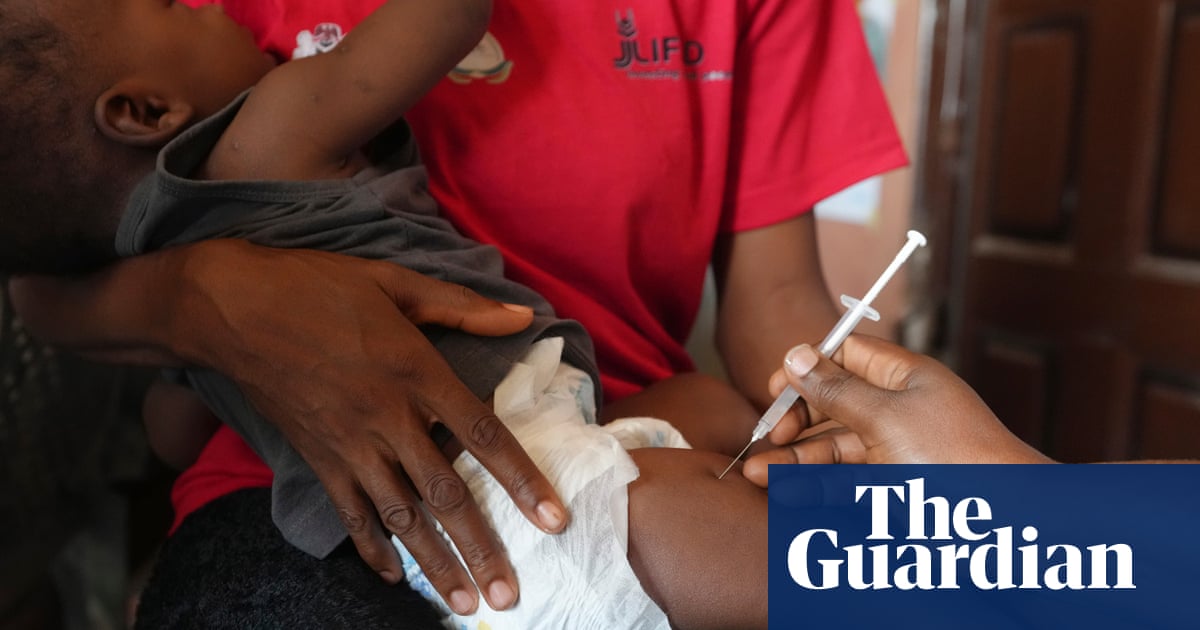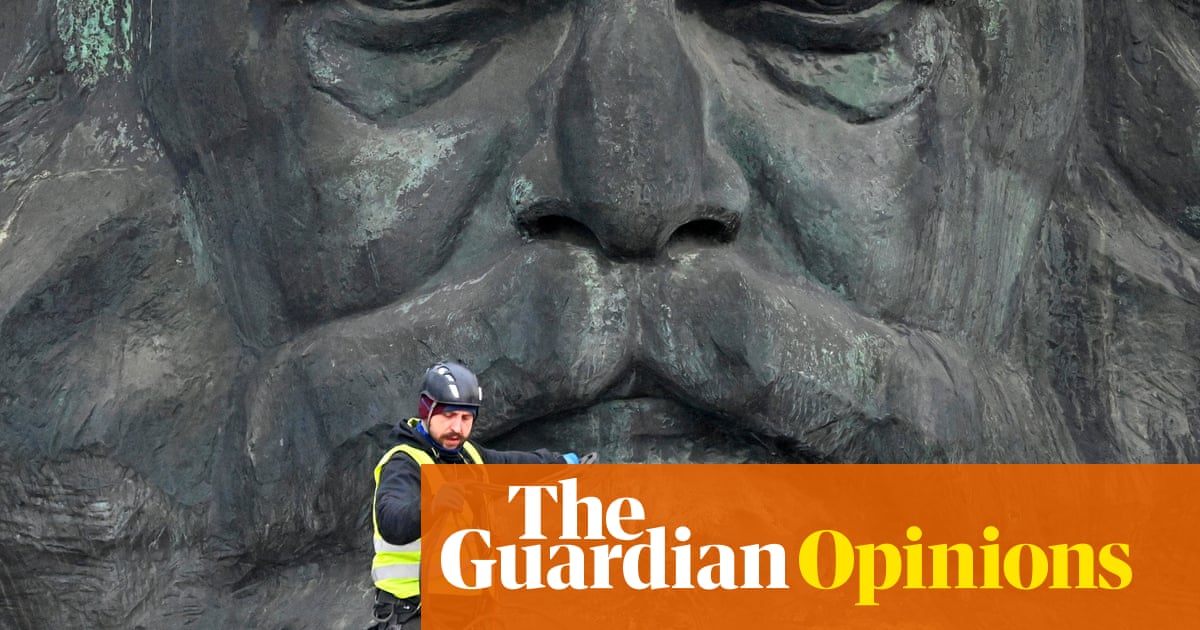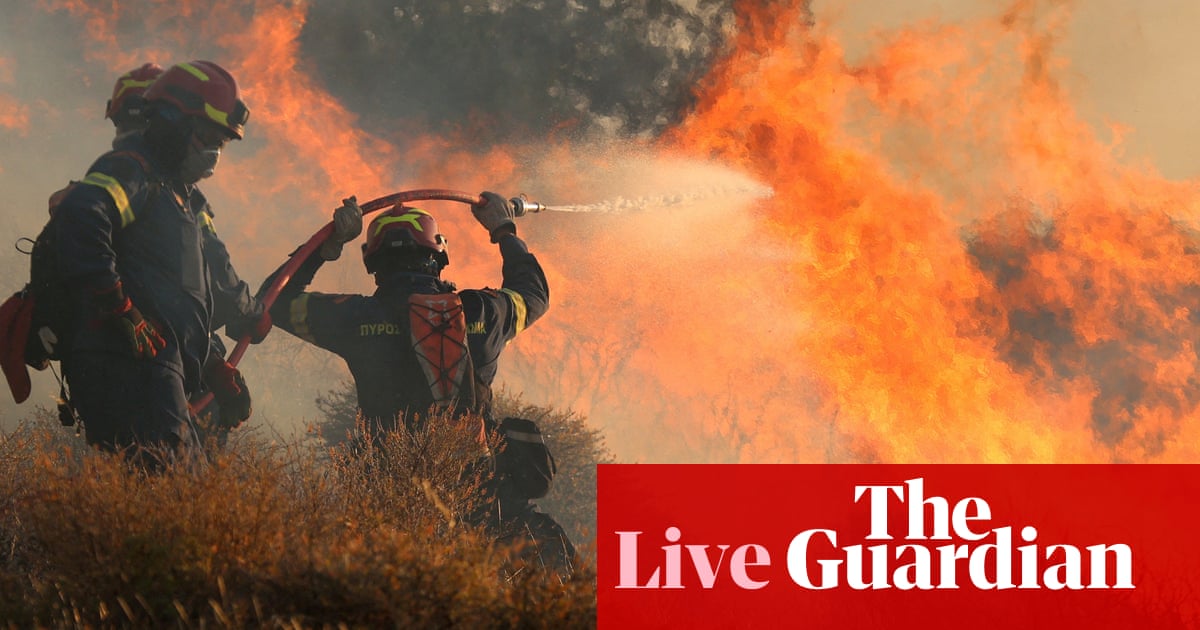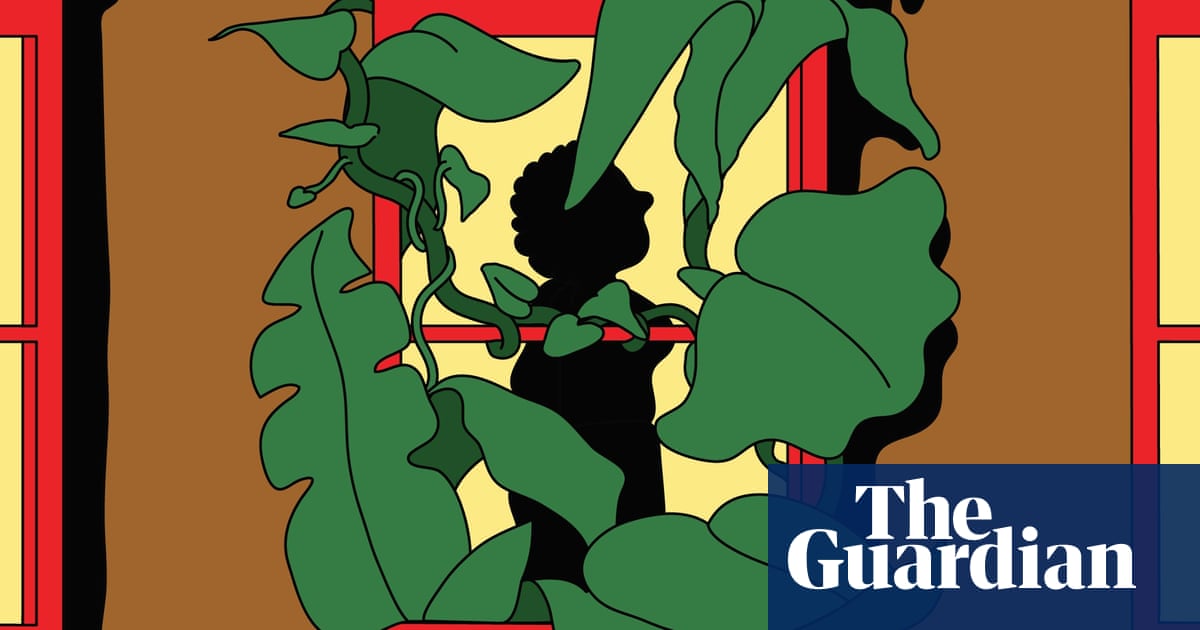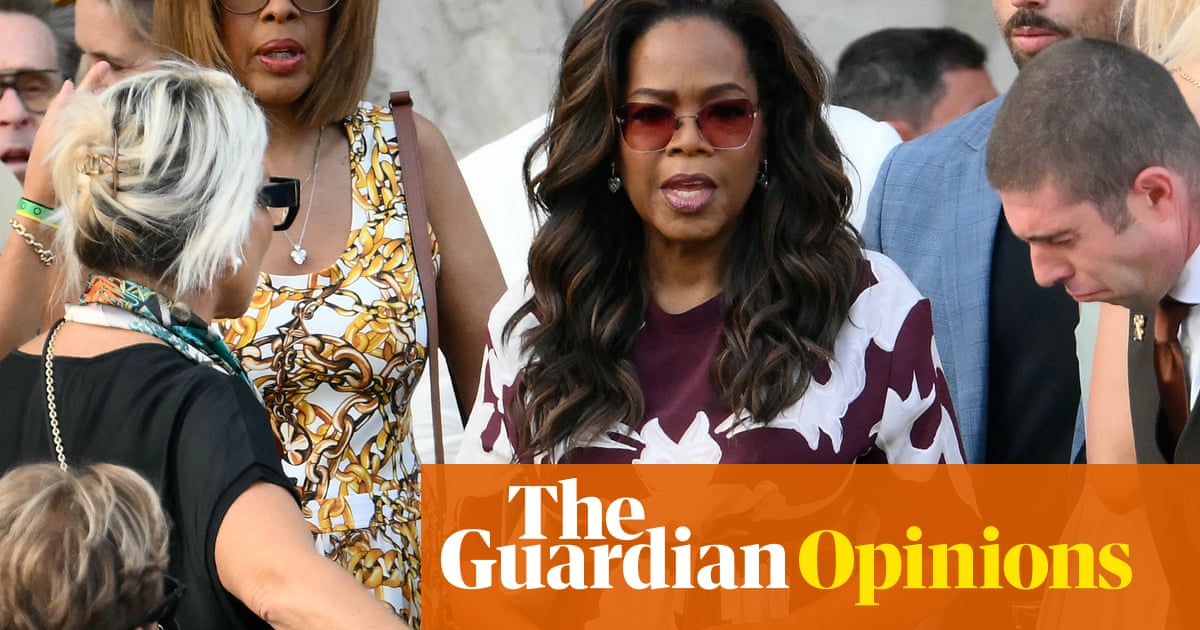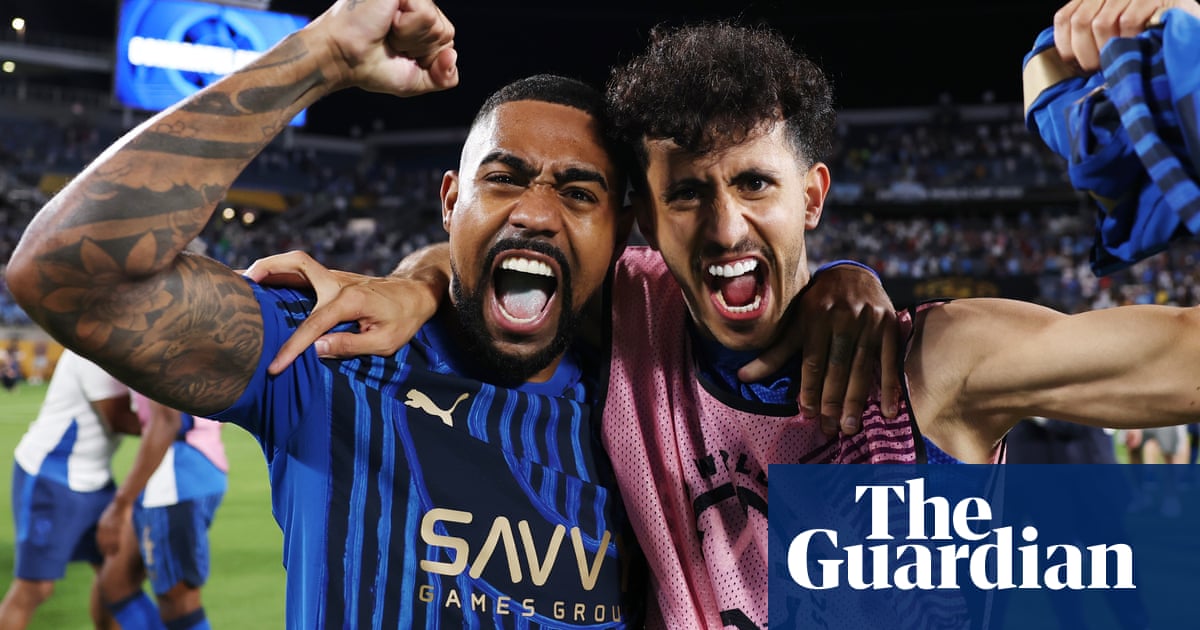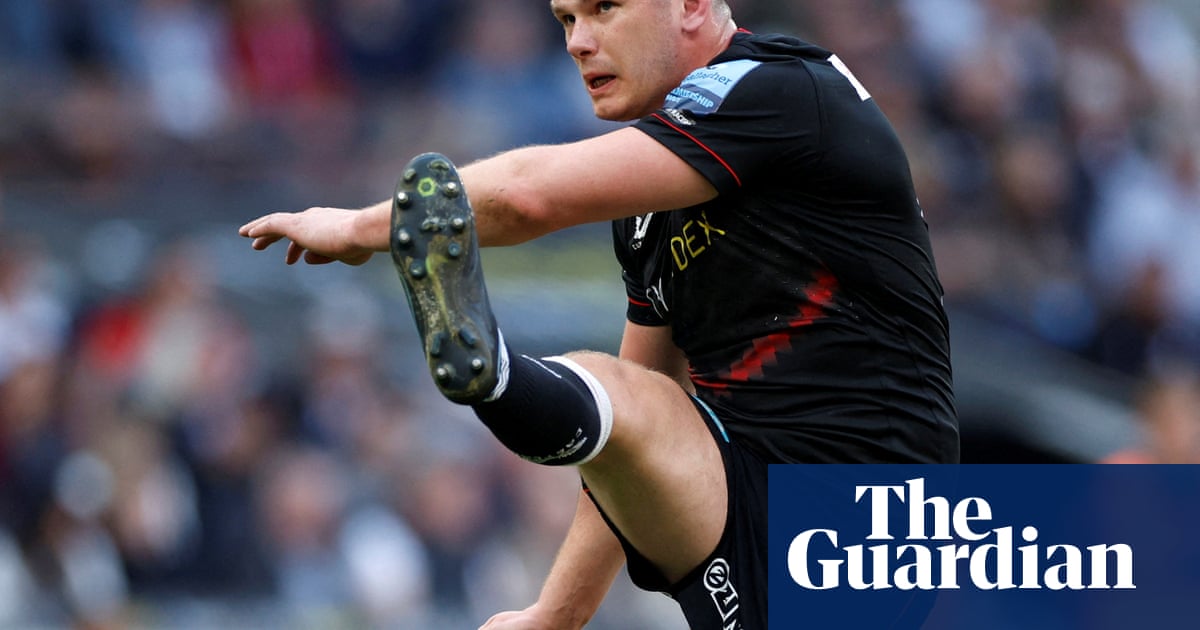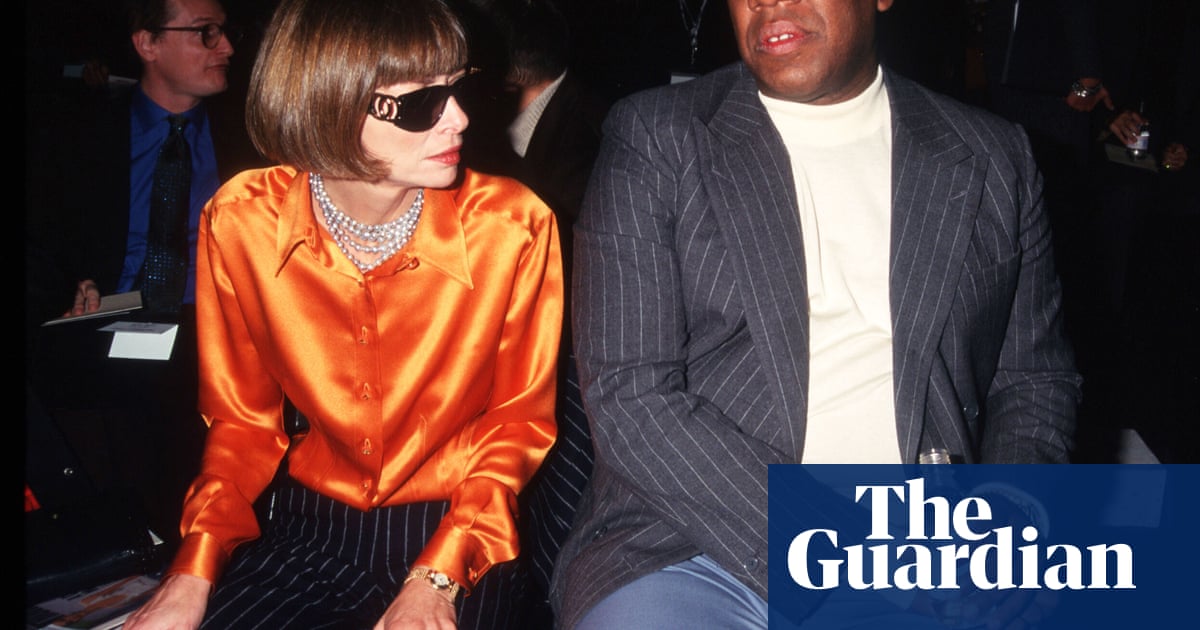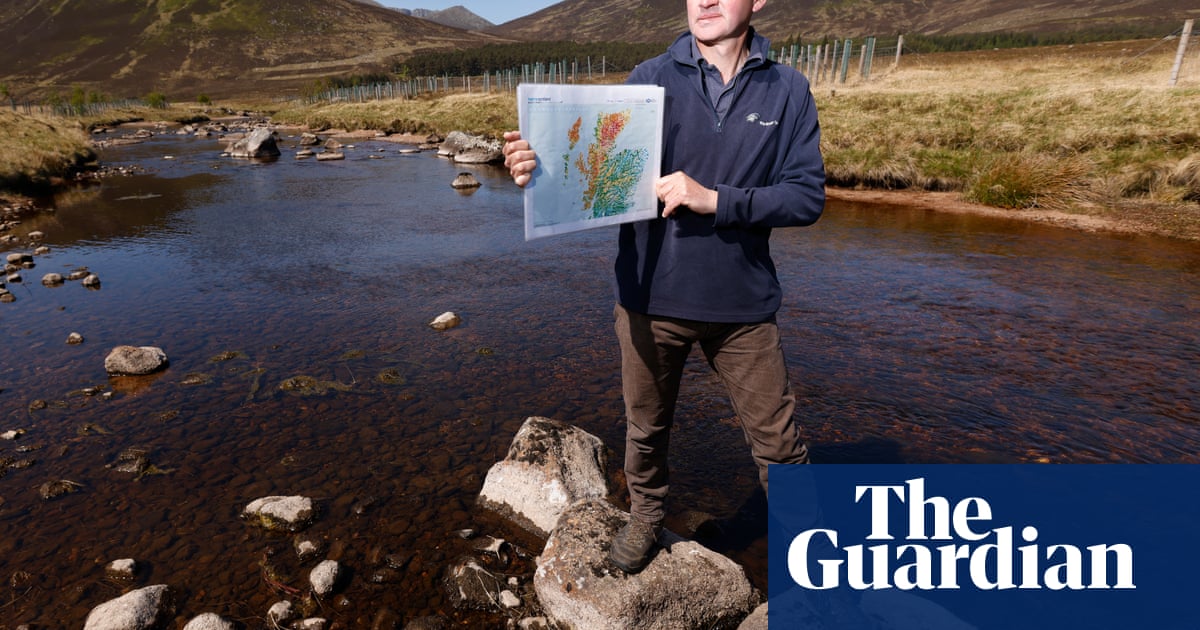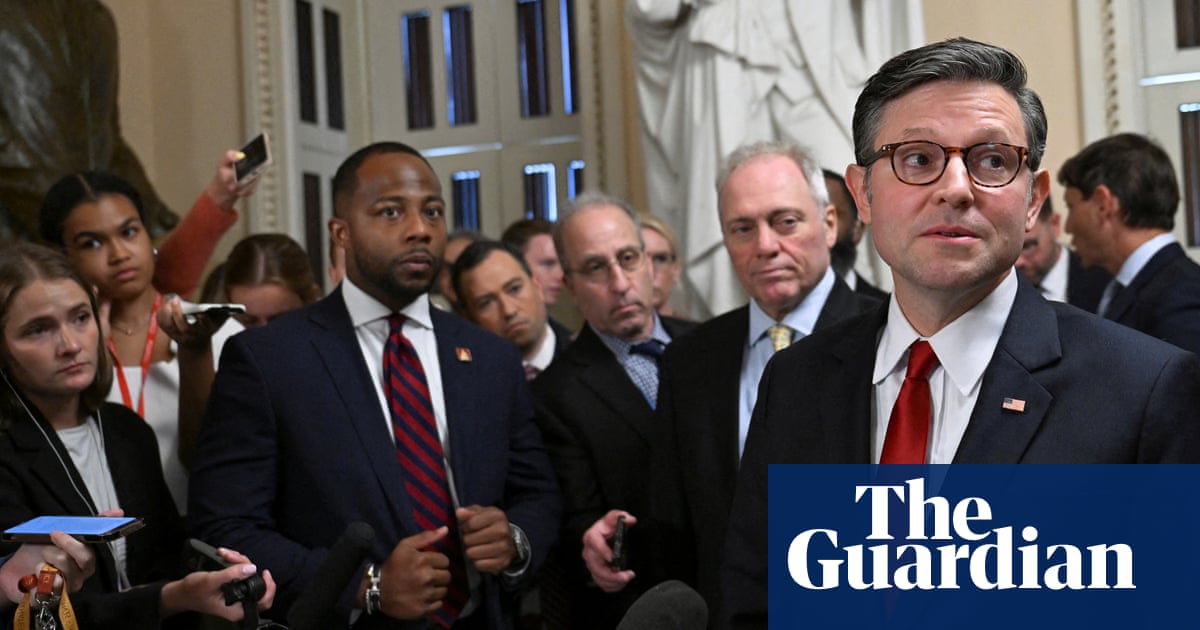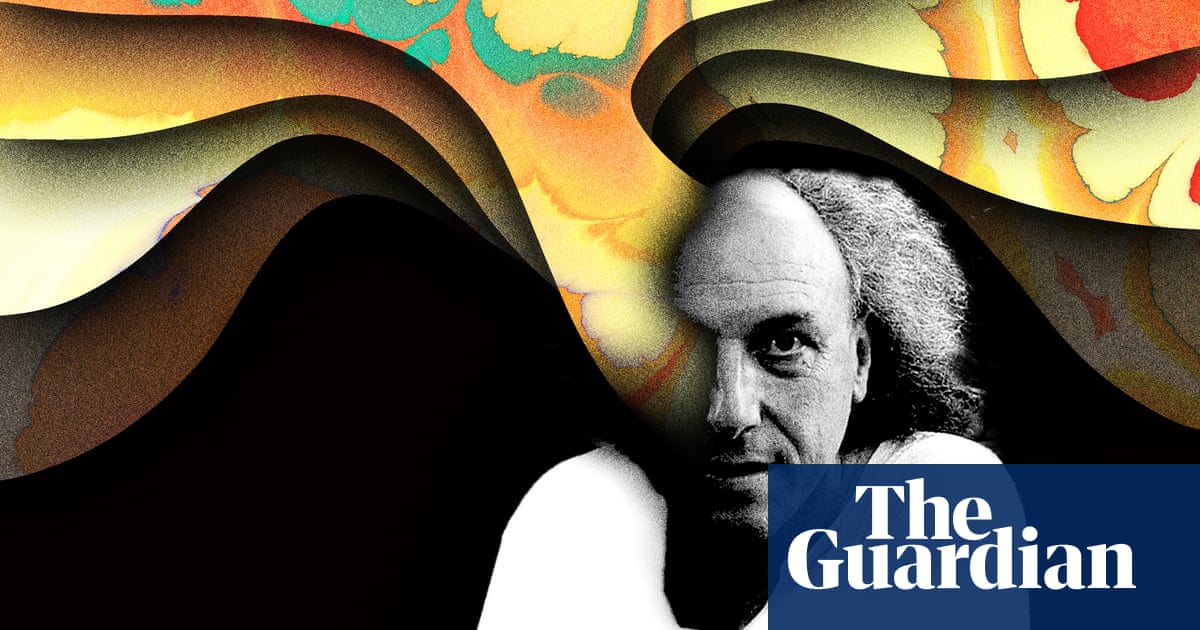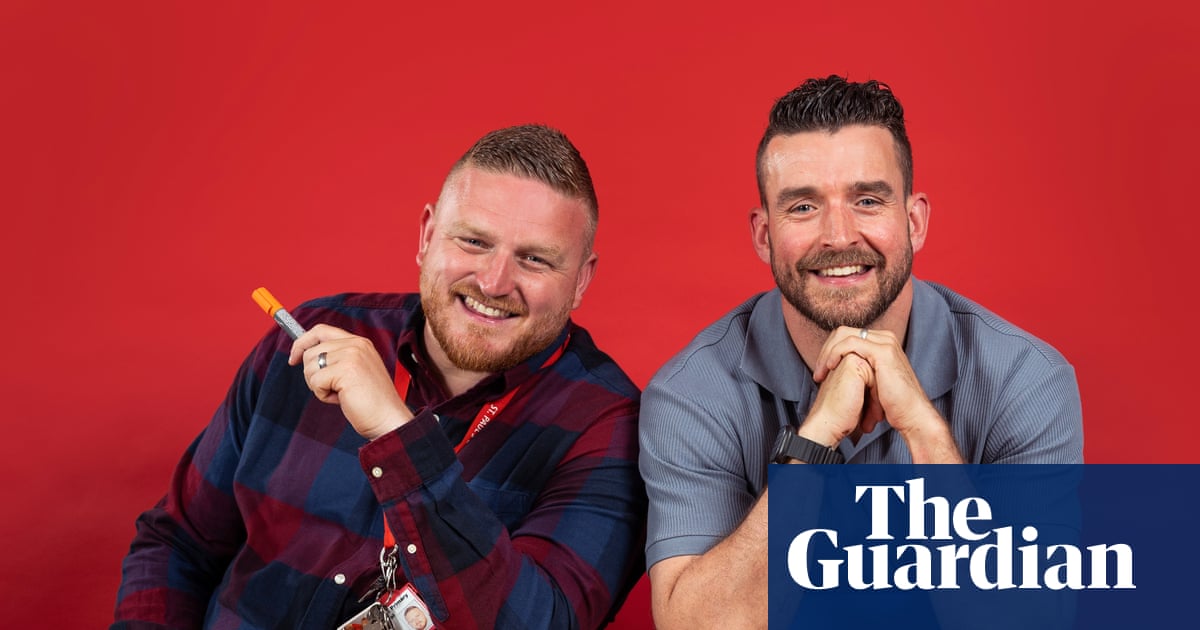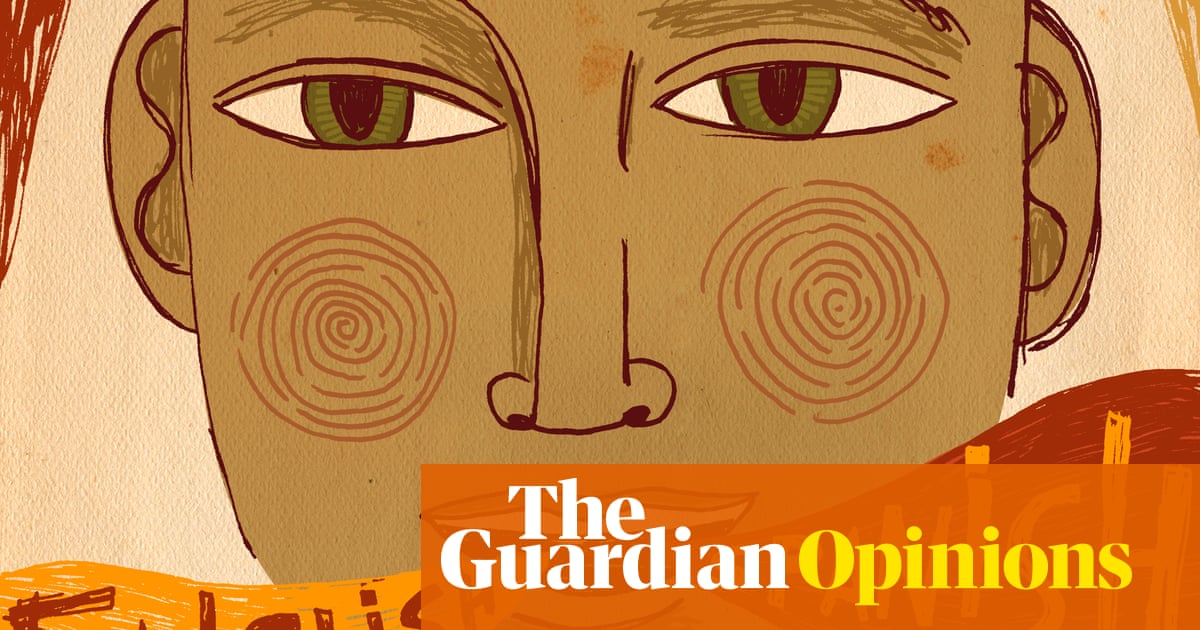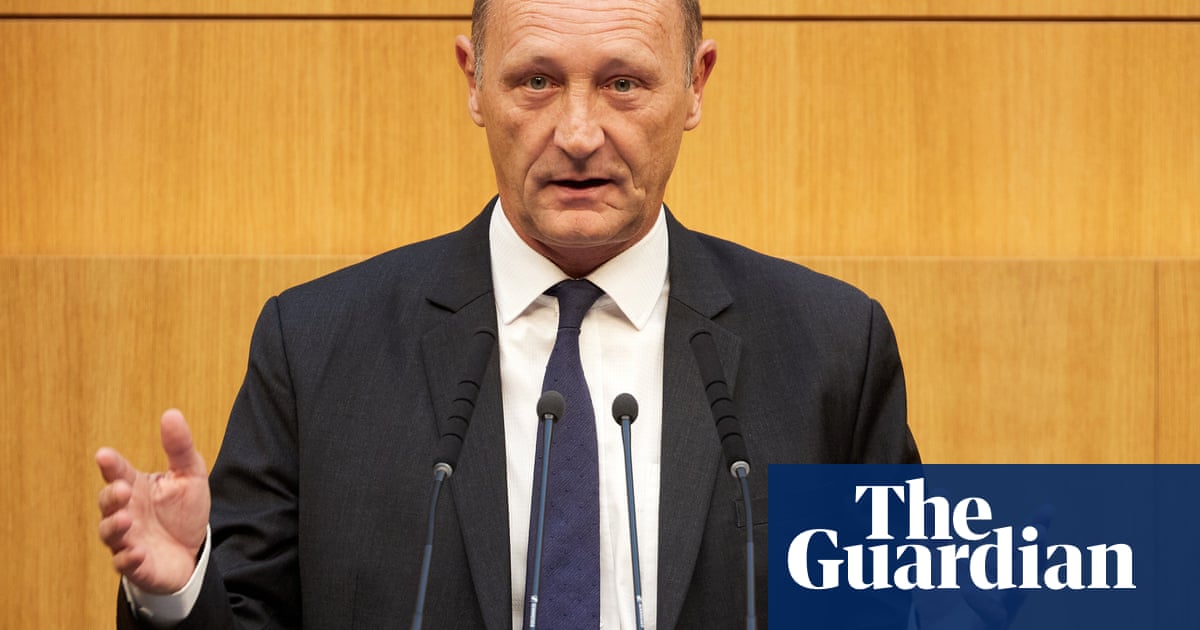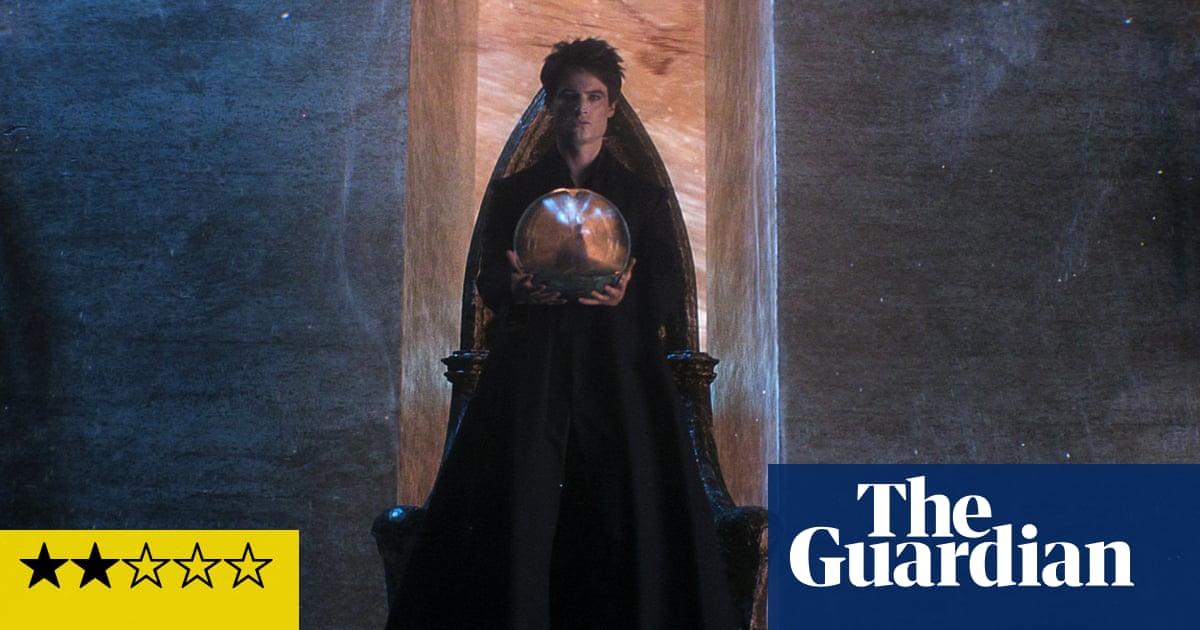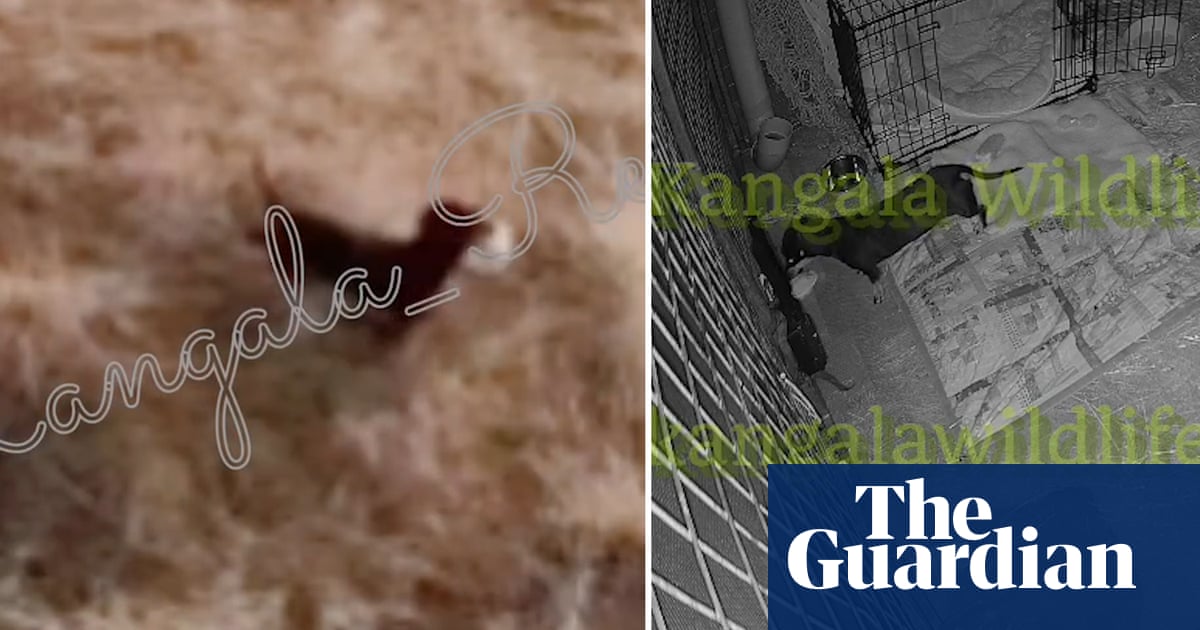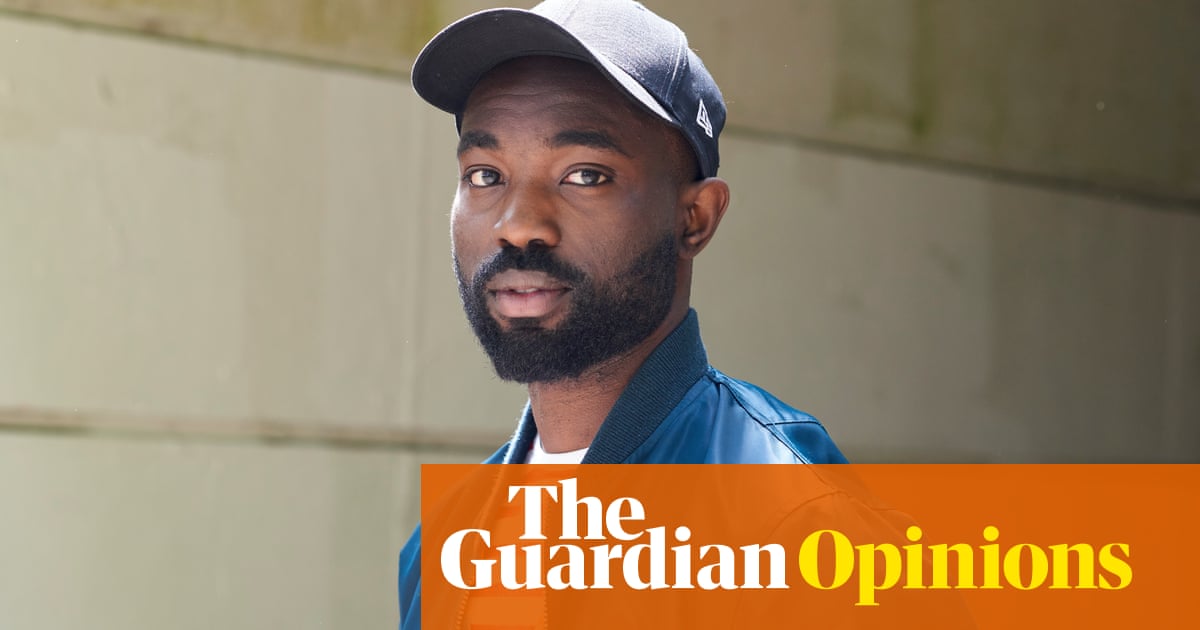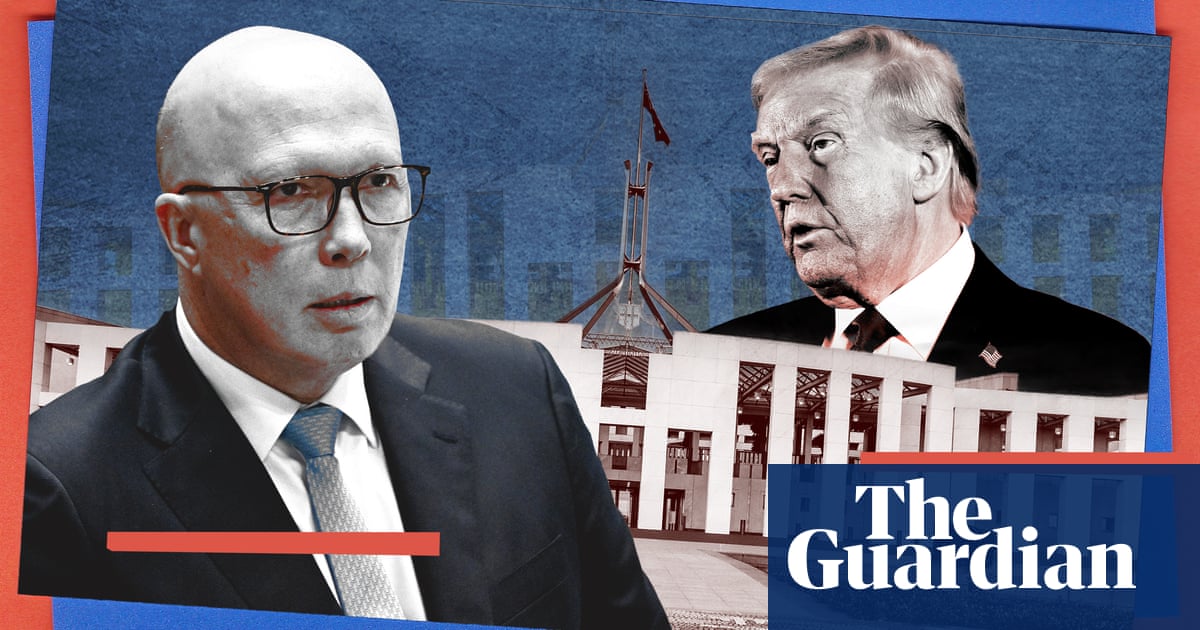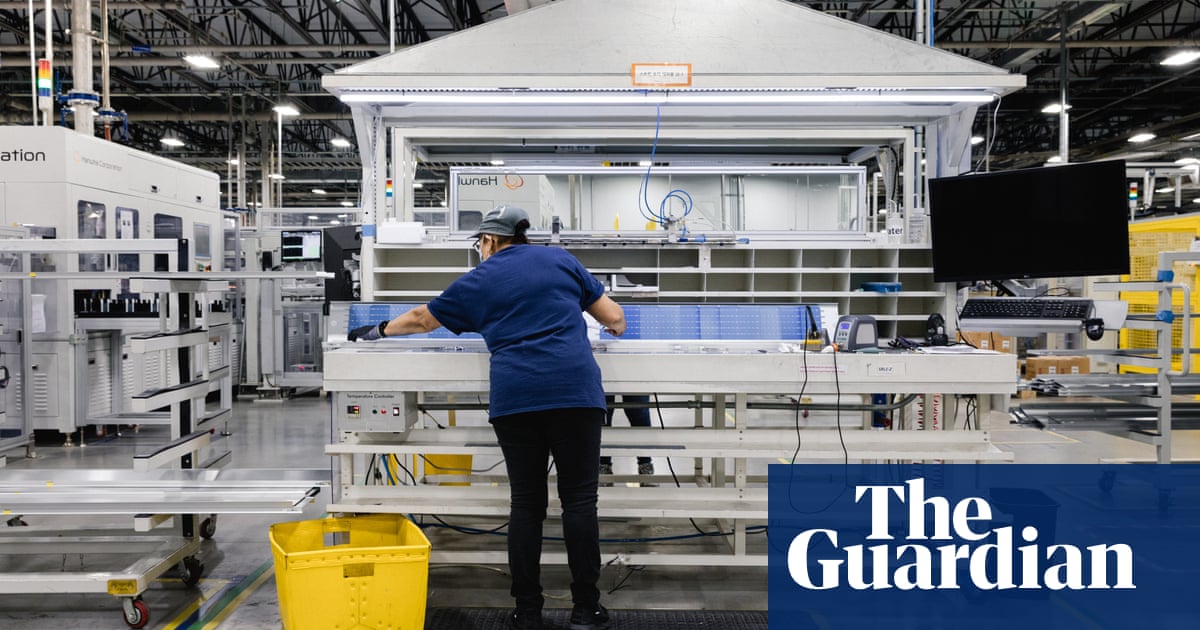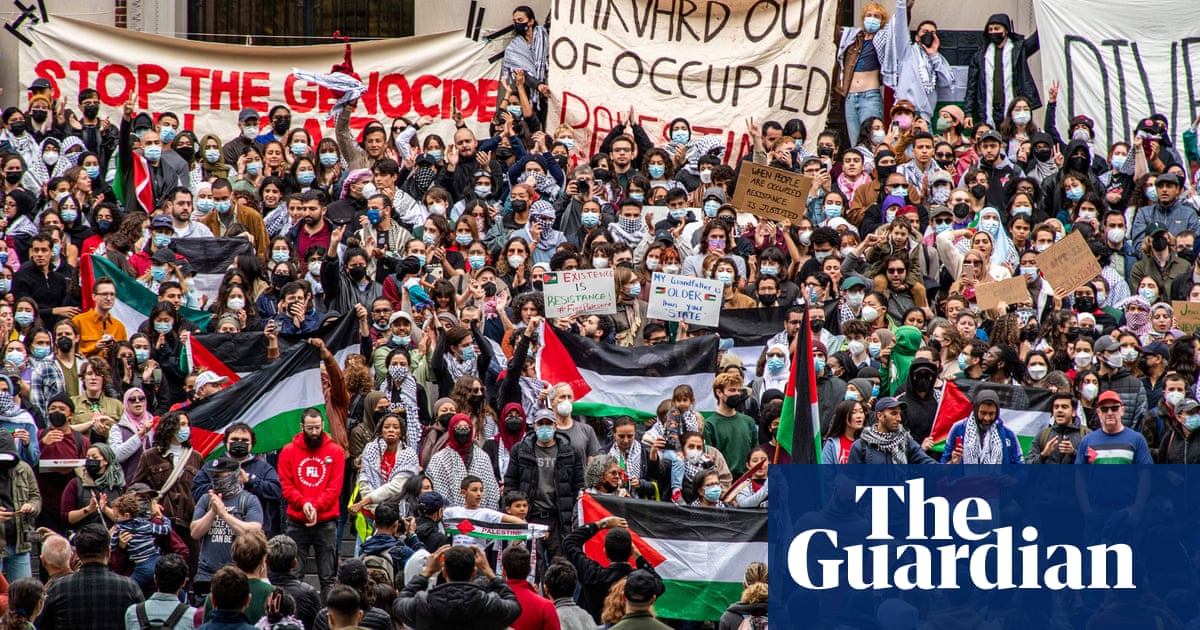Pope Francis announced his pastoral intentions from the very beginning of his papacy, saying he preferred a church that was “bruised, hurting and dirty” from being on the streets to one that was cautious and complacent. Although he never strayed from doctrine – to the annoyance of many optimistic liberals – his 12 years as pope were marked by a deliberate embrace of those historically on the margins of the church and society. He wanted a church, he said, for “todos, todos, todos” – which translates into: “Everyone, everyone, everyone.”
Here, some of those who met him recall what his pontificate meant to them.
‘The pope saved our lives’
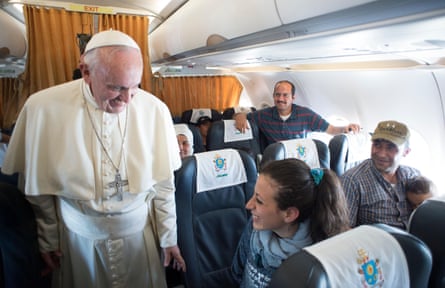
Few encounters can have changed a life as dramatically as the meeting between Nour Essa and Pope Francis changed hers. Essa was one of 12 Muslim refugees who Francis met on the Greek island of Lesbos in 2016 and flew to Rome aboard his private plane.
In an unprecedented move during a trip to the island to highlight the refugee crisis unfolding across Europe, the pope brought her and 11 other Syrians, six of them minors, to the Italian capital, and a new life.
“We were on the plane with him,” said Essa, 30. Together with her husband, Hassan Zaheda, 31, and their little boy, Riad, who was two years old at the time, she had fled Syria’s brutal civil war. “Thanks to this humanitarian corridor he championed, the pope saved our lives. He gave us a new opportunity – not only for our family, but for thousands who came after us.”
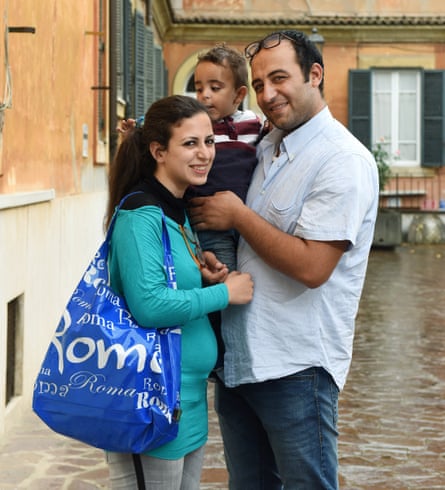
Today, Essa works as a biologist at Rome’s Bambino Gesù hospital. The encounter with Francis touched her deeply. In subsequent meetings, she was astonished that the pope remembered the name of every asylum seeker he had welcomed.
“I couldn’t believe it,” she said. “I was surprised. We met several other times in Rome. He wasn’t just the head of the Catholic church – he was a friend, a brother to all migrants, the poor, the forgotten. He was the father of all refugees.”
Essa followed the news of Francis’s hospitalisation in February with growing anxiety and, after he was discharged, she breathed a tentative sigh of relief.
“When I saw him bless the faithful at Easter, I thought he was out of danger,” she said. “That’s why when, on Monday, we learned he had died, we were devastated. These are sad days for all humanity. Francis is no more, but his message of welcome will endure, and his words will live on in our hearts.”
Lorenzo Tondo
‘It was his return to life’
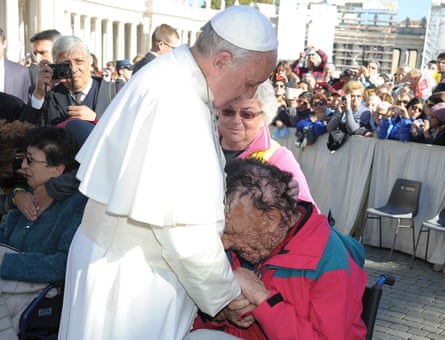
In 2013, shortly after the start of his pontificate, Pope Francis met Vinicio Riva, whose face was severely disfigured by a rare disease. Photographs of the encounter, in which the two men embraced and prayed together, went viral. For many they seemed to embody the new pontiff’s approach to those otherwise shunned or marginalised by society: to draw them in and hold them close.
Riva, who suffered from the genetic disorder neurofibromatosis, died aged 58 in January 2024. The meeting with Francis helped him to live a happier life, according to Sandra Della Molle, Riva’s cousin and one of his closest confidantes.
“Vinicio was going through a very dark time, he was in real pain and needed something to keep living,” said Della Molle, who lives in Isola Vicentina in northern Italy. “Meeting the pope was his return to life.”
Before that meeting, Vinicio had led an isolated existence. “Nobody understood his condition,” della Molle said. “Some even thought it was contagious. He stopped riding the bus after one child pointed and said to his mother, ‘Look, Mama, there’s the monster.’ He suffered terribly from that.”
That day in St Peter’s Square, before thousands of onlookers, Francis paused in prayer and laid his hands on Vinicio, as the man buried his head in the pope’s chest.
“The pope embraced him without asking if he was contagious, without asking anything,” said della Molle. “And from that day, Vinicio’s life changed.”
Caterina Della Molle, Vinicio’s aunt, who cared for him until his death, confirmed the impact of the pope’s gesture. “He became more optimistic, more open, he could see the sun even on the darkest days,” she said.
Vinicio kept a photo of himself with the pope close at hand. His aunt even printed a calendar featuring the image and distributed it among the family.
“I still have that calendar with Vinicio and Pope Francis hanging in my office,” Sandra said. “I look at it often, and I saw it again the day Francis died. I pictured Vinicio, somewhere up there, waiting to embrace the pope once more. I like to think that’s exactly how it is.”
Lorenzo Tondo
‘It affirmed my human dignity’
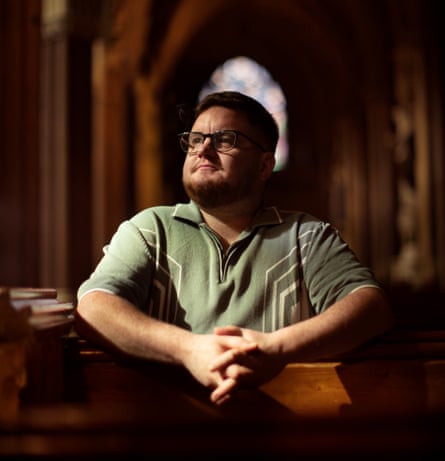
When George White, a trans teacher from Leicester, met Pope Francis last October, it took a few hours for the significance of the moment to sink in.
“He accepted a book on trans life in the Catholic church, inside which were letters from me and others. He thanked me, and said, ‘God bless you’,” White said. “It was quite surreal. The Holy Father blessed an openly trans man. It affirmed my human dignity.”
White, 31, and three other trans men had queued from 7am in St Peter’s Square for the pope’s regular Wednesday audience. Francis – “quite frail, even then” – worked the crowd in his wheelchair. When he reached White’s small group, he paused to listen to what they had to say via a translator.
He shook hands with each of them, grasping White’s hand for a second time at the end of the encounter. “It was possibly the best moment of my life,” said White.
White did not grow up in a Catholic family, and was baptised at the age of 16. When he came out as transgender seven years later, he struggled to navigate his identity as both a trans man and a Catholic.
“I was very worried that people [in the church] would reject me, but I was also very thankful for Pope Francis’s ministry,” he said.
Early in his papacy, Francis signalled a sea change in attitudes when he answered “who am I to judge?” to a question about gay clergy. He condemned discrimination against LGBTQ+ people, and regularly met trans men and women.
“He was about listening to people and accepting their stories, and then understanding how to pastorally minister to them. His practice of welcoming trans people to the table is something that we haven’t seen from any previous pope. His stance had a profound impact,” said White.
“There are some people who feel that LGBTQ+ people shouldn’t be welcomed in the church, and we shouldn’t be open about who we are. But people that are close to me, in the parishes and the communities and the schools that I go into, are very welcoming. I’ve got really good friends and colleagues that support me and make sure that my voice is heard.”
Francis’s death came as a shock despite his poor health. “I’m worried that the next pope might be more conservative, and that openness and dialogue will disappear. I hope the Holy Spirit will guide the cardinals’ decision,” said White.
Harriet Sherwood
‘He became like a father or brother to me’
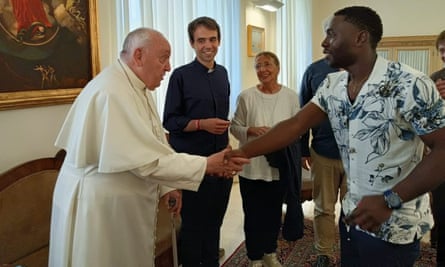
When, in November 2023, Pope Francis heard that Mbengue Nyimbilo Crépín –known as Pato, a 30-year-old Cameroonian asylum seeker – had arrived in Italy after crossing the Mediterranean in an overcrowded boat with 22 others, he immediately asked to meet him.
The summer before, a photograph of Crépín’s wife, Fati Dosso, and their six-year-old daughter Marie, lying face-down in the desert had been viewed around the world. Fati and Marie had died of thirst near the Libya-Tunisia border.
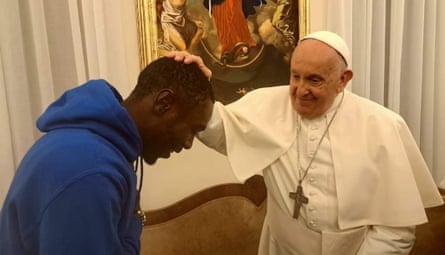
Just two days after his arrival, Crépin and Francis met in a small chamber at the Vatican. “I couldn’t believe someone like him would stoop to meet someone like me,” said Crépín. “But then I realised: this is who he is – humble, compassionate, truly human.”
Francis’s very first trip outside Rome after his election was to Lampedusa, the Italian island near which thousands of people have drowned attempting to reach Europe. Crépín had the sense that, for the pope, meeting with him was perhaps more significant than an audience with any head of state.

“He wanted every detail of my journey,” Crépín said. “He told me he carried others’ suffering in his own heart. He helped me to stay in Rome, and we spoke often. Over time, he became like a father or a brother to me. ‘I am not only a pope,’ he would say, ‘I am a brother to all, a father to all.’ And he meant it.”
Crépín says he clings to Francis’s words in his darkest moments, when memories of his wife and daughter threaten to overwhelm him. “He told me, ‘Keep going, Pato. Don’t give up. Don’t look back,’ ” he added. “When I heard of his passing on Monday, I felt a hollow ache in my heart. Once again, I became an orphan.”
Lorenzo Tondo
‘He gave us hope’
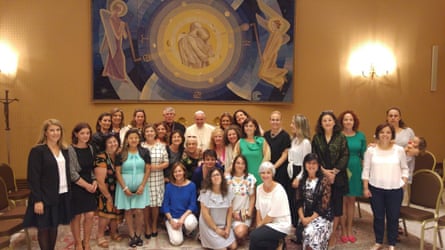
Isabel Díaz’s sense of disbelief accompanied her all the way through the flight that she and three dozen other Spanish women took to Rome almost eight years ago.
In early 2017, she and her fellow members of the archdiocese of Toledo’s Santa Teresa group for separated and divorced women had written to Pope Francis after reading Amoris Laetitia, the pontiff’s 256-page reflection on the joys of love. They were especially moved by his thoughts on welcoming divorced people back into the arms of the church. Francis replied immediately, inviting them to the Vatican for a chat.
“He was very jolly and all our nerves went away as soon as we began talking to him,” said Díaz, 64. “He was a very straightforward man who radiated humility, goodness and joy.”
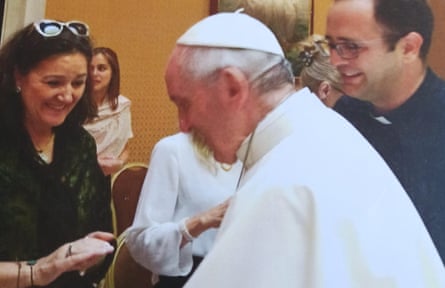
The thing she noticed most, however, was Francis’s empathy and his ability to listen. “If you were talking to him about something happy, you saw that he was listening to you,” she said. “But if you were telling him about something painful, his face changed and you could see the pain in it.”
Like many other separated or divorced Catholics, Díaz had been upset by the idea that she had fallen short in the eyes of God and the church.
“It wasn’t that I had felt bad when I went to mass, it was just that I’d felt odd and upset because of all the focus on the family,” she said. “That’s why the meeting with the pope meant so much. I’ve always felt myself to be in the embrace of the church, but I felt that even more strongly after the trip.”
Esperanza Gómez-Menor, another member of the group, felt exactly the same after the meeting. “It felt like I was being embraced by my church as a person who was wounded, or like a lost sheep that comes back into the fold,” she said.
The audience, which had been due to last an hour, stretched on for another 40 minutes. When it finally ended, the women were struck by the sight of Francis himself turning off the lights in the room as they filed out.
Along with the rosary Francis gave her, the encounter is something Díaz will always treasure. “Going over there was like being in a dream, and on the way back it felt like the plane was heavier because we were all so full of hope,” she said. “He gave us hope.”
Sam Jones

 2 months ago
72
2 months ago
72


